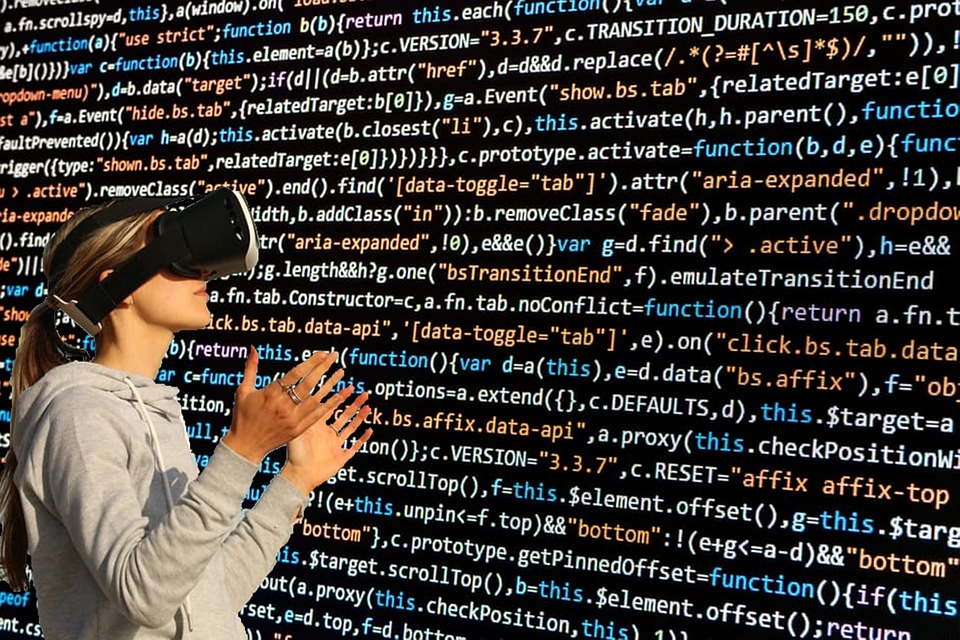Virtual Reality (VR) is a promising technology that is beginning to revolutionize the way we experience entertainment, and animation is no exception. By 2023, we can expect to see a significant advancement in virtual reality technology that will allow animators to create new immersive experiences for their audiences. In this article, we will explore the role of virtual reality in animation in 2023, and how this technology is set to transform the animation industry.
Firstly, virtual reality provides a new level of immersion that is not achievable through traditional 2D or 3D animation. By creating a 360-degree space that completely surrounds the viewer, VR allows for the creation of completely new and immersive stories. This technology will enable animators to engage with their audience in a completely new way, allowing them to step into the stories and explore environments in ways that were previously impossible. In 2023, we can expect to see this technology become even more advanced, with better resolution and more advanced hardware that will provide a more realistic and immersive experience.
One area where virtual reality is set to transform the animation industry is in storytelling. The immersive nature of VR means that animators can create completely new worlds, allowing viewers to experience a story in a completely new way. This opens up new opportunities for animators to create storylines and plot points that were previously impossible. By creating virtual reality experiences, animators can bring their stories to life in a way that was previously impossible, connecting with their viewers on a deeper level.
Moreover, virtual reality is also set to transform the production process for animation. By creating virtual sets and characters, animators can reduce the time it takes to produce an animation. This is because they can create a virtual set that can be used multiple times, and the same characters can be used across different animations. This will also make it easier to create complex animation sequences that require precise camera movements, as the animator can set up the virtual camera once and then move it around the virtual set as needed. This will save time and reduce the cost of production, allowing animators to produce more content than ever before.
Finally, virtual reality is set to transform how animation is delivered to audiences. By using virtual reality headsets, viewers can experience animations in a completely new way. This will enable animators to reach new audiences and create new distribution opportunities. In 2023, we can expect to see a range of virtual reality experiences that are specifically designed for different audiences, including young children, families, and adults. This will create new revenue streams for animators and studios, allowing them to invest in the development of new stories and technology.
In conclusion, virtual reality is set to transform the animation industry in 2023. By providing new levels of immersion and engagement, animators can create new, immersive stories that connect with their audiences on a deeper level. Virtual reality will also transform the production process for animation, reducing costs and accelerating production times. Finally, virtual reality will create new distribution opportunities for animators to reach new audiences and create new revenue streams.

